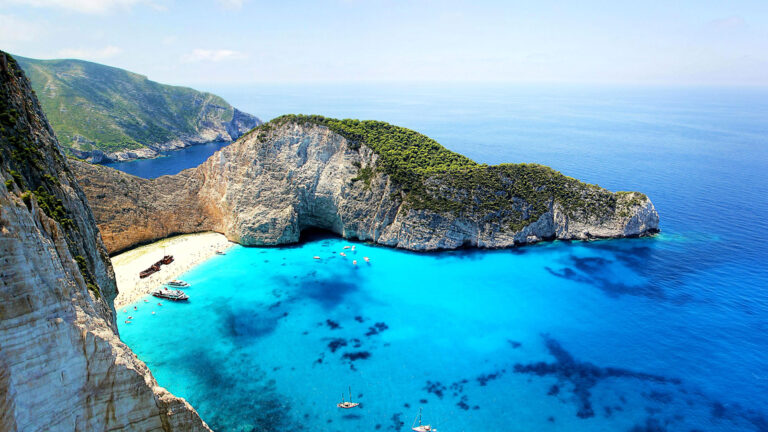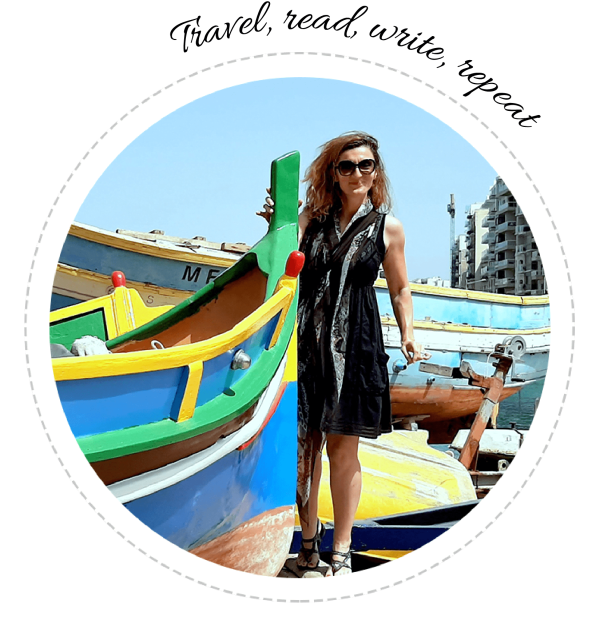
If you need a freelance travel writer or you would like to see your country, city, flight, etc., presented on the blog, drop me an email.
Find our more on Freelance Travel Writer page.
Updated May 2024
One of the things I was excited about when planning on coming to Lisbon were explorers of Portugal and history of discoveries in general. Famous explorers took off to the unknown seas and lands starting their journeys from Portugal and Spain. And there I was, in Lisbon where I could learn more about this piece of history.

I loved the mural from one of the Lisbon’s metro stations depicting explorers of Portugal and that was just the beginning of discovering the golden age of the country.
I already read Travels of Marco Polo, the book Christopher Columbus and Ferdinand Magellan took with them to their journeys towards Americas (or India) a couple of centuries after this Venetian merchant came back from Asia. Magellan was actually a Portuguese sailor by the name of Farnao de Magalhaes who changed the name after taking the first trip around the globe in history in the 16th century under the Spanish flag… And there is so much to see in Lisbon district Belem related to the explorers of Portugal.

Another explorer whose name strongly emerges from history of the world discoveries is Vasco da Gama, the explorer that you can learn a lot about in Lisbon. He was the one to make Portugal flourish and become immensely rich after his sail around Africa was successful. Da Gama was the first European to sail to India at the end of the 15th century. This was the first person to take the direct maritime rout from Europe to India in 1497.

When King Manuel took the throne, the country revived its mission to find that direct route. By then, Portugal had established itself as one of the most powerful maritime countries in Europe. Much of that was due to Henry the Navigator’s efforts to bring together a team of knowledgeable mapmakers, geographers, and navigators in the southern region of the country. He dispatched ships to explore the western coast of Africa to expand trade influence of Portugal.
Bartolomeu Dias discovered the southern tip of Africa and sailed around the Cape of Good Hope in 1487. And so, in 1497 Da Gama was sent by King Manuel to find the route to India. He captained a team of four vessels, including his flagship, the 200-ton St Gabriel.

This was the first time for Da Gama and his men even to hear about the Hindu religion since their sources said that India was inhabited by Christians.
Even though Da Gama could not make significant trade agreements on behalf of Portugal, this journey was a genuine breakthrough. His second trip to India in 1502 included 20 ships but they terrorized Muslim ports up and down the African east cost, even killing people returning from Mecca.

This way, Da Gama forced foreign rulers to do business with Portugal which resulted in great death toll on one side but wealth and power on the other, since the country became an exclusive European importer of spices from the East. Da Gama was later appointed as a Portuguese viceroy in India.
One of the most famous landmarks in Lisbon is the building of the monastery – Mosterio dos Jeronimos in Praca do Imperio. This is a huge, astonishing monument and a classic work of the Manueline architecture. It was built during the first half of the 16th century at the request of King Manuel the First with the treasures brought by Da Gama.

It is characterized by the use of elements inspired by sailing such as cables, anchors, and spheres, and by the recreation of some ornamental aspects, even architectural solutions of the Oriental origin.
The monastery was built on the former site of a church dedicated to sailors.
They say that Vasco da Gama prayed here the night before starting his historic crossing to India.

There are sculptures at the monastery of King Manuel the First and his wife, but also of Henry the Navigator.
Between these fine walls are tombs of Da Gama, poet Luis de Camoes, and various Portuguese monarchs. National Archeology Museum and the Naval Museum are situated at one wing of the monastery, and Calouste Gulbenkian Planetarium at the other.
On the banks of the river Tagus there is an homage of the city to all the explorers of Portugal who took part in the maritime expeditions of the 15th and the 16th century.

This is the Monument To The Discoveries, stone ship’s prow 52 meters high. It shows the figure of the prince, crowned by the entourage of 21 characters related to the Descobrimentos (Discoveries).
Also, there is the Bethlehem Tower (Torre de Belem), the most emblematic monument of the city. The small fortress was build between 1515 and 1521 at the peak of the Manueline era and was controlling the entrance of the city. Spanish later used it as a prison.

In the modern part of the city Park of Nations (Parque das Nacoes), besides great pavilions, Oceanarium, etc., is a huge Vasco da Gama shopping center. The best view of the whole complex is from the cable car or the Vasco da Gama Tower (100 meters high) shaped as a sail. There is also a modern Oriente railway station and a bridge that is 16 kilometers in length, 13 of which run over the waters of Tagus. And the name of the bridge? Vasco da Gama, of course!
Next: VIEW OF TAGUS TO WAKE UP TO
The full series about my BARCELONA – LISBON JOURNEY
PIN IT FOR LATER:
If you need a freelance travel writer or you would like to see your country, city, flight, etc., presented on the blog, drop me an email.
Find our more on Freelance Travel Writer page.
I am looking forward to working with you.




© 2024 Glimpses. All rights reserved. No part of the site may be copied or reproduced without written permission. Web Design & SEO Services – Lavit Solutions.
20 responses
The history of discovery (travel) in Lisbon gave me chills of excitement! All these places are absolutely must sees in Lisbon!
Oh yes, feel the same about it! 🙂
The architecture looks incredible here – a contrast of old and new! And the interior of the monastery looks stunning!
Was amazed by the architecture too, one unique place that Lisbon! 🙂
Such a feast! I’m from Asia and this article made me revisit my secondary school memories! History love <3
Well, seeing the place without knowing anything about its history is a setback in my opinion. Love to know where I am. 😉
I love your post, blending history into travel and sight seeing. Learning about one place’s history is one of the main reasons many people travel, and always seeing with your own eyes what many years have left behind is incredible. Lisbon and Portugal have a very rich history and I would love to also get there at some point in time (sooner than later).
Ingrid
https://ingridzenmoments.wordpress.com/
Travel without any feedback on history of the place is just, let’s say, incomplete. Love to read about the place before I come and when strolling the actual streets where history events had happened. Just love that energy of being aware what happened at the same spot hundreds of years ago! 🙂
Very informative article, I didn’t know about Portugal history. Very well written!!
Thanks, hope you’ve found it useful. 🙂
I have never heard of Vasco da gama despite going to Lisbon. Great to know some more history about the place that I did not know. Lisbon is a great city, I loved exploring it and would love to go back and spend more time there 🙂
Happy if I gave you some info for your future visit. 🙂
Wow, lot of fantastic information in here but also the Mosterio dos Jeronimos looks incredible! Never heard of it, so will definitely be adding it to my list of must-sees.
Thanks! Make sure to visit when you go to Lisbon, you’ll love it. 🙂
what a great surprise for me. Love this discovery you have. I never knew about all this, or maybe because I didn’t hear more about Lisbon.
Happy to give you some info than. 😉
Very interesting read. I can’t wait to visit Lisbon and see all of these amazing things!
Thanks, you’ll have great time there! 🙂
Wow I’ve read so many posts on Lisbon this year but none quite like this. It’s amazing how much history it holds and I love all the monuments dedicated to sailors and their explorations
Oh, thank you so much! So glad you’ve found it interesting and different, thanks. 🙂